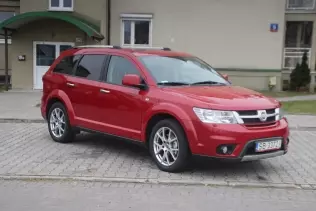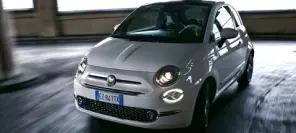- Main page
- Search
- Up to date
- Products
- Technology
- Vehicles
- Video
- Conversion Payback Simulator
Port Injection - Conversion Payback Simulator
Direct Injection - Conversion Payback Simulator
Diesel - Newsletter
Fiat Freemont LPG - excess
- Home page
- Up to date
- Reportages, interviews, road tests
- Road tests
- Fiat Freemont LPG - excess
« Powrót
 loading results...
loading results...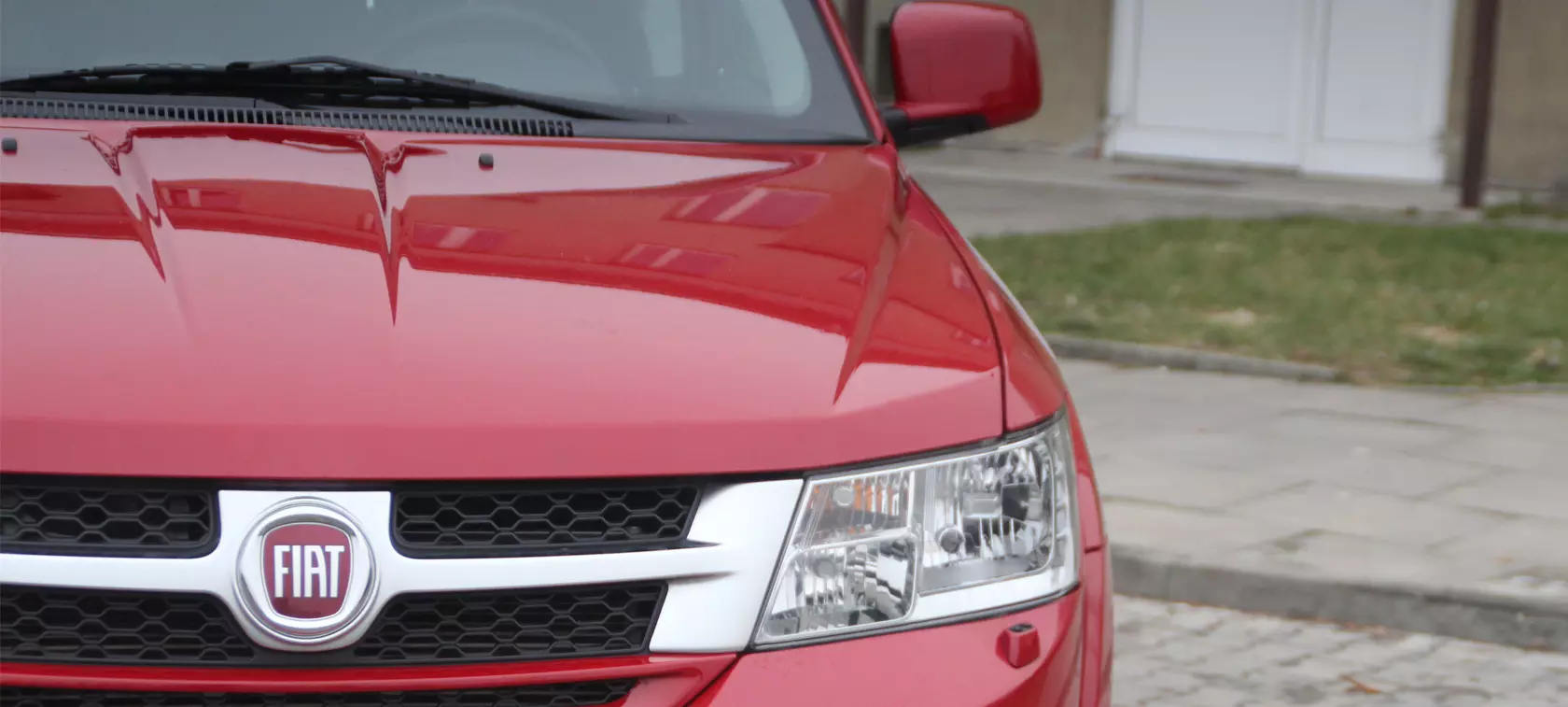 © gazeo.com
© gazeo.com  The engine is fed with LPG through plastic fuel lines. Their blue colour is out of the ordinary
The engine is fed with LPG through plastic fuel lines. Their blue colour is out of the ordinary 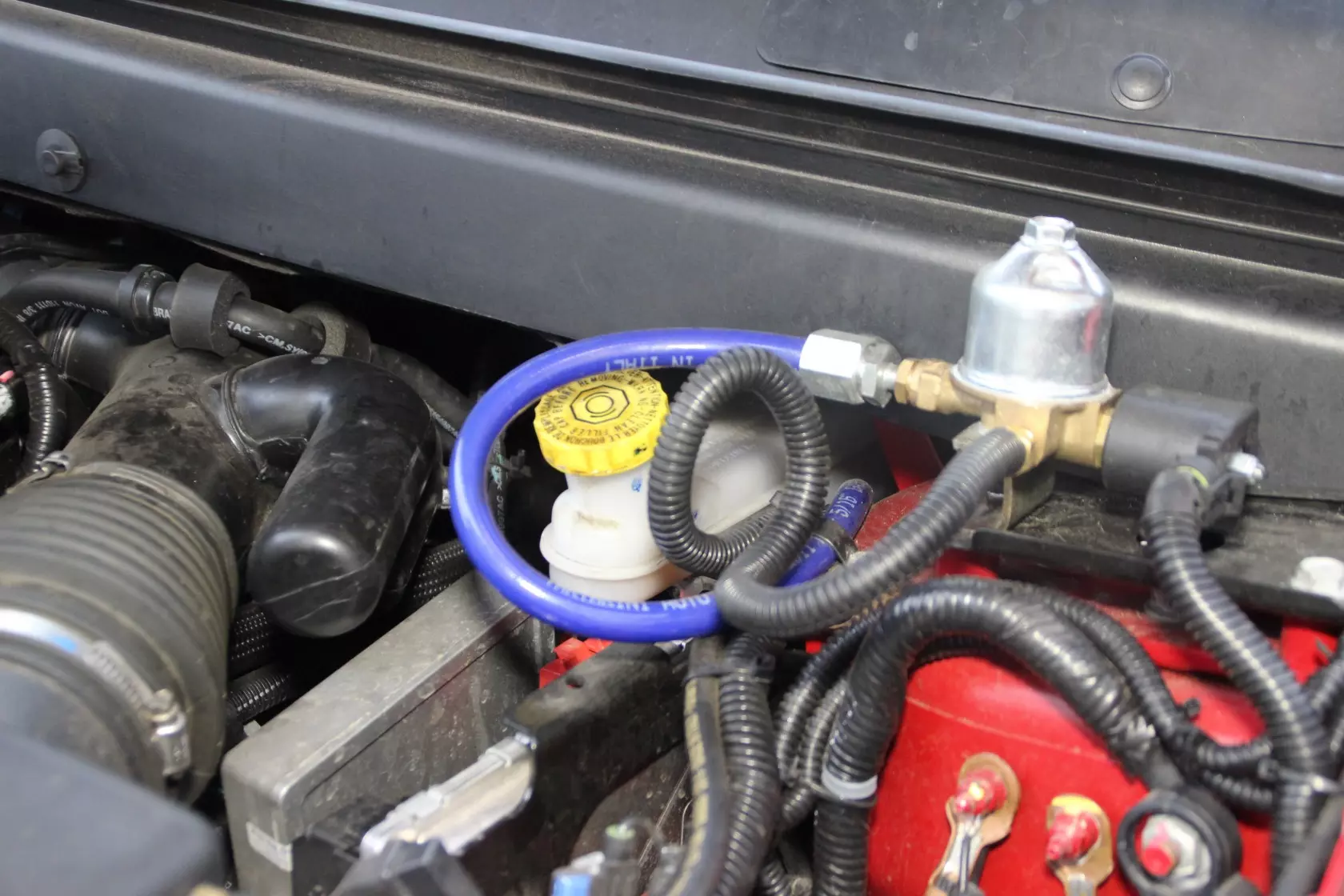 The fuel line ends at the liquid state LPG filter. The back of the ECU is also visible here
The fuel line ends at the liquid state LPG filter. The back of the ECU is also visible here 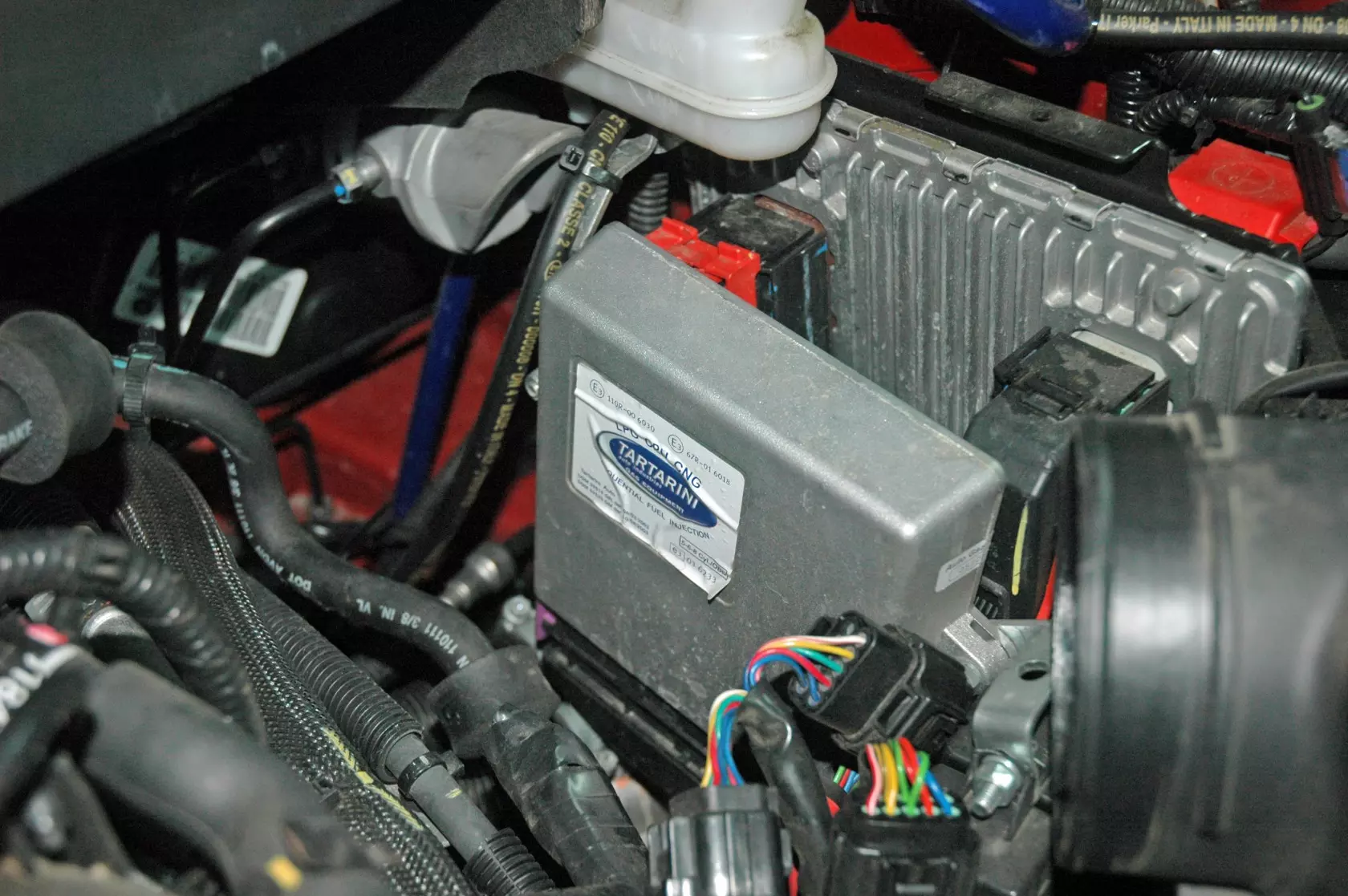 To see the ECU "mano a mano", it is necessary to dismantle the hose connecting the air filter with the intake system
To see the ECU "mano a mano", it is necessary to dismantle the hose connecting the air filter with the intake system 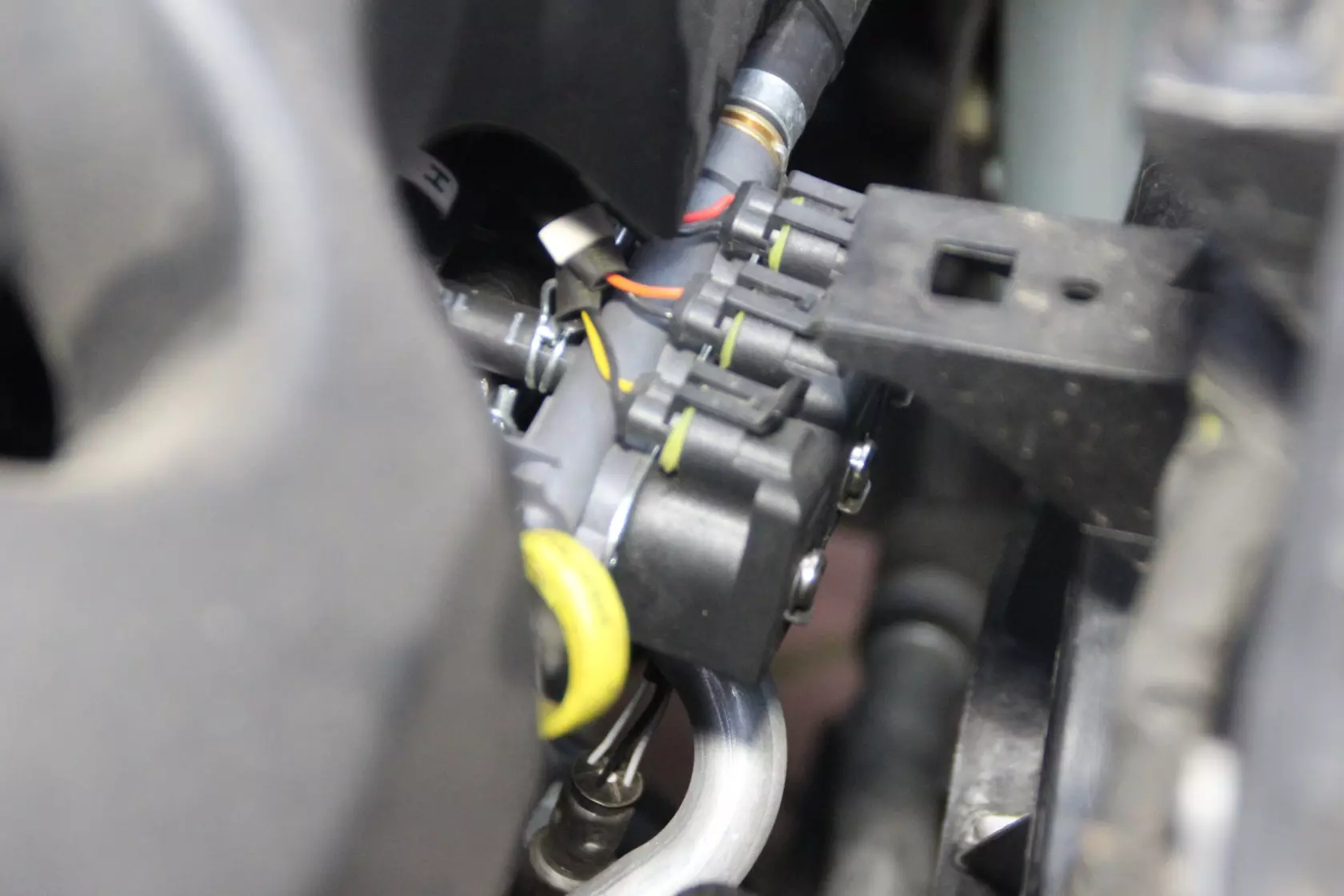 It is also possible to see injector rails (three injectors each) under the bonnet
It is also possible to see injector rails (three injectors each) under the bonnet 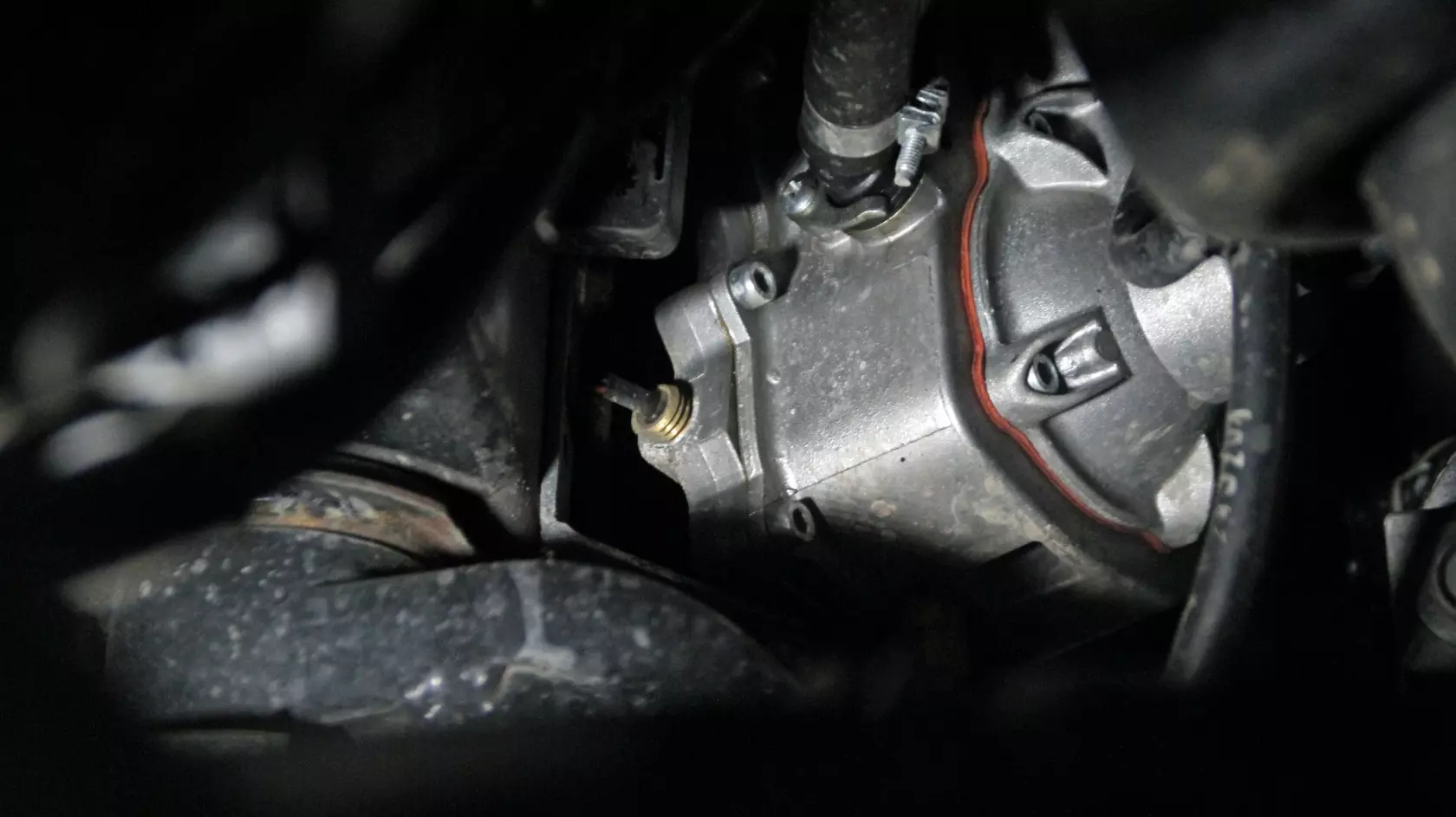 To have a look at the reducer, you need to lift the car and look fron underneath. Even so, the reducer is practically beyond reach
To have a look at the reducer, you need to lift the car and look fron underneath. Even so, the reducer is practically beyond reach 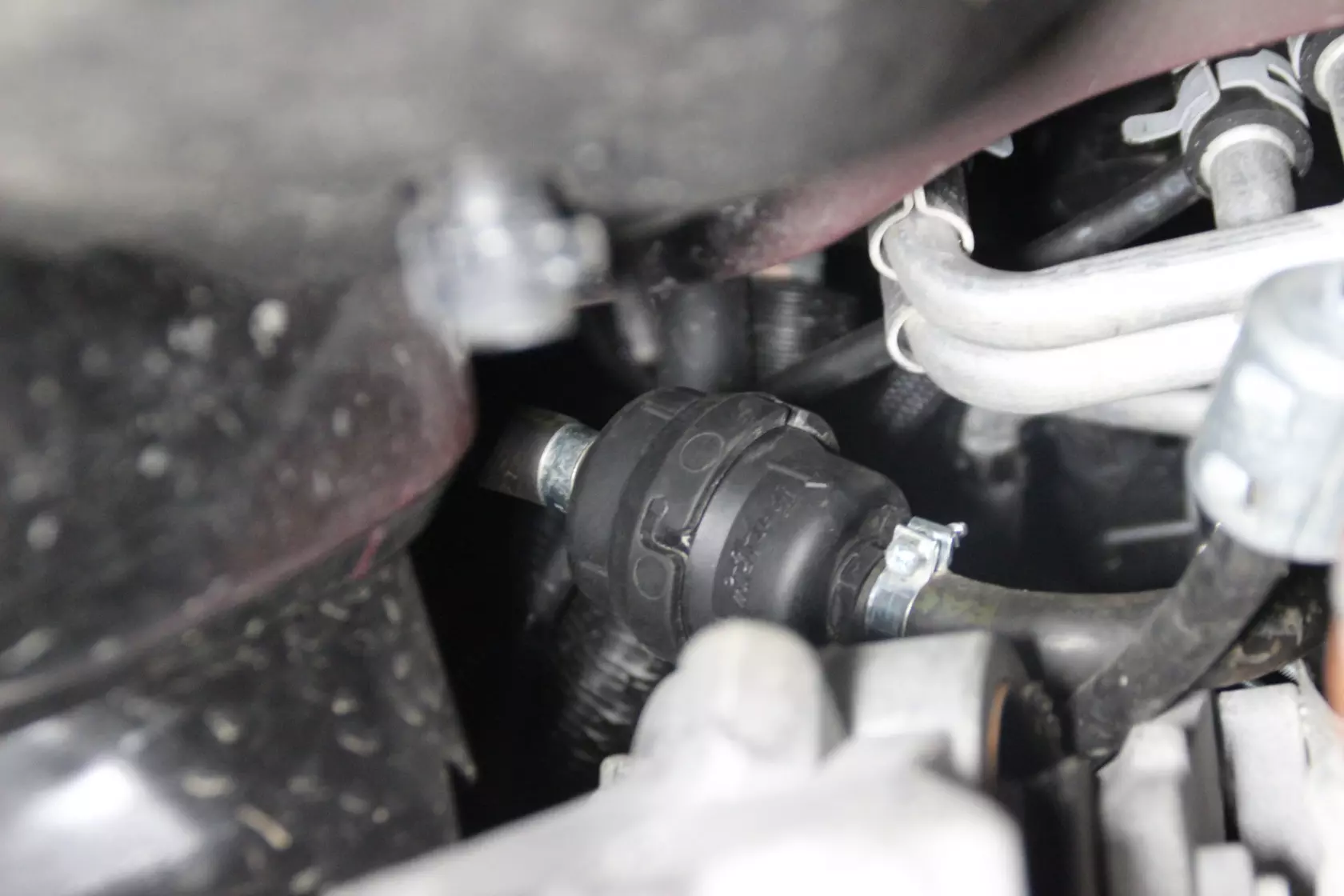 Accessibility of the gaseous state filter is equally dismal. The housing with a clip becomes virtually useless as it makes nothing easier
Accessibility of the gaseous state filter is equally dismal. The housing with a clip becomes virtually useless as it makes nothing easier 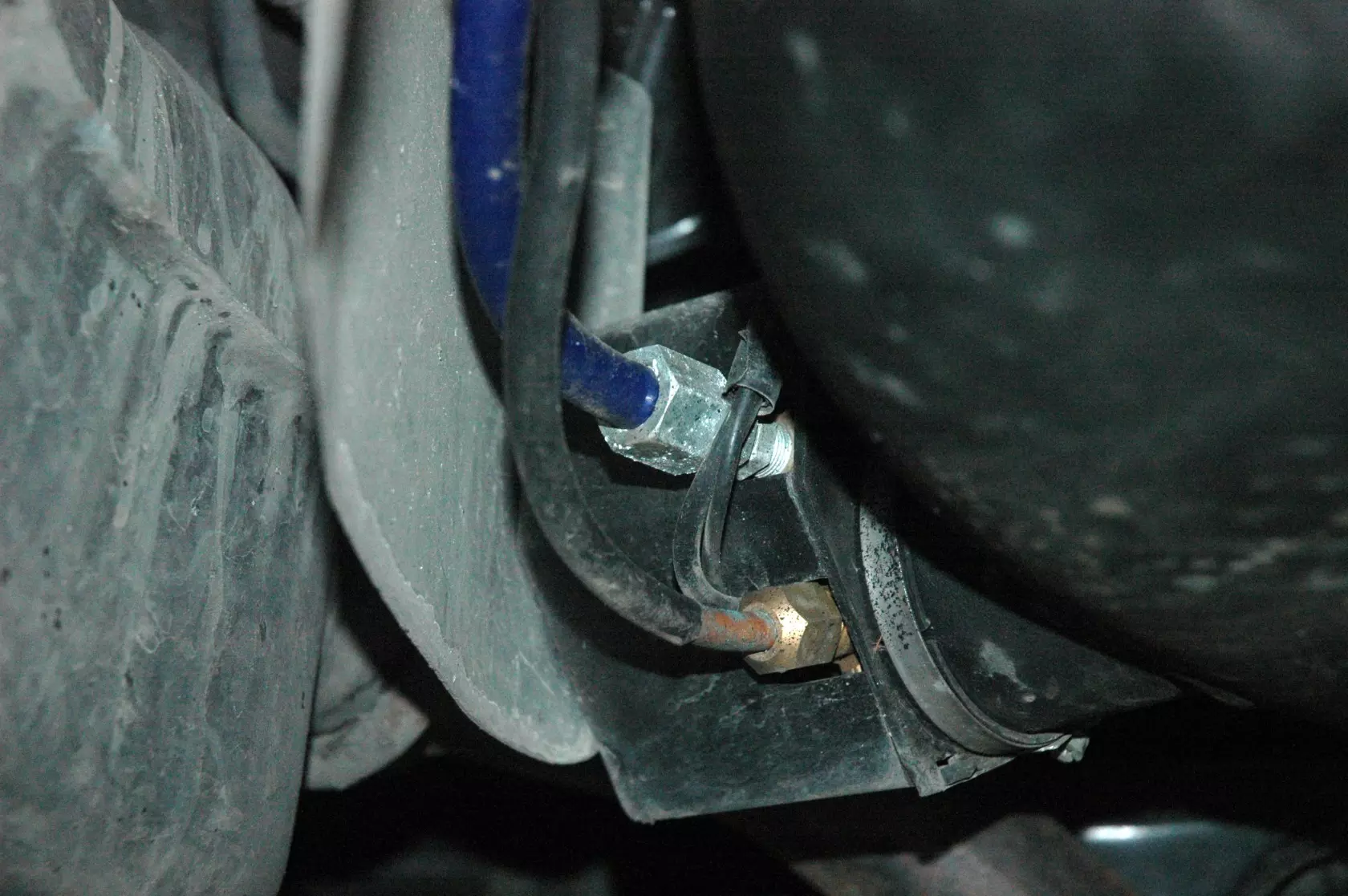 The multivalve is well protected from ambient conditions and dirt
The multivalve is well protected from ambient conditions and dirt  Inside, the touchscreen is the command centre. Only the air conditioning has a separate control panel
Inside, the touchscreen is the command centre. Only the air conditioning has a separate control panel 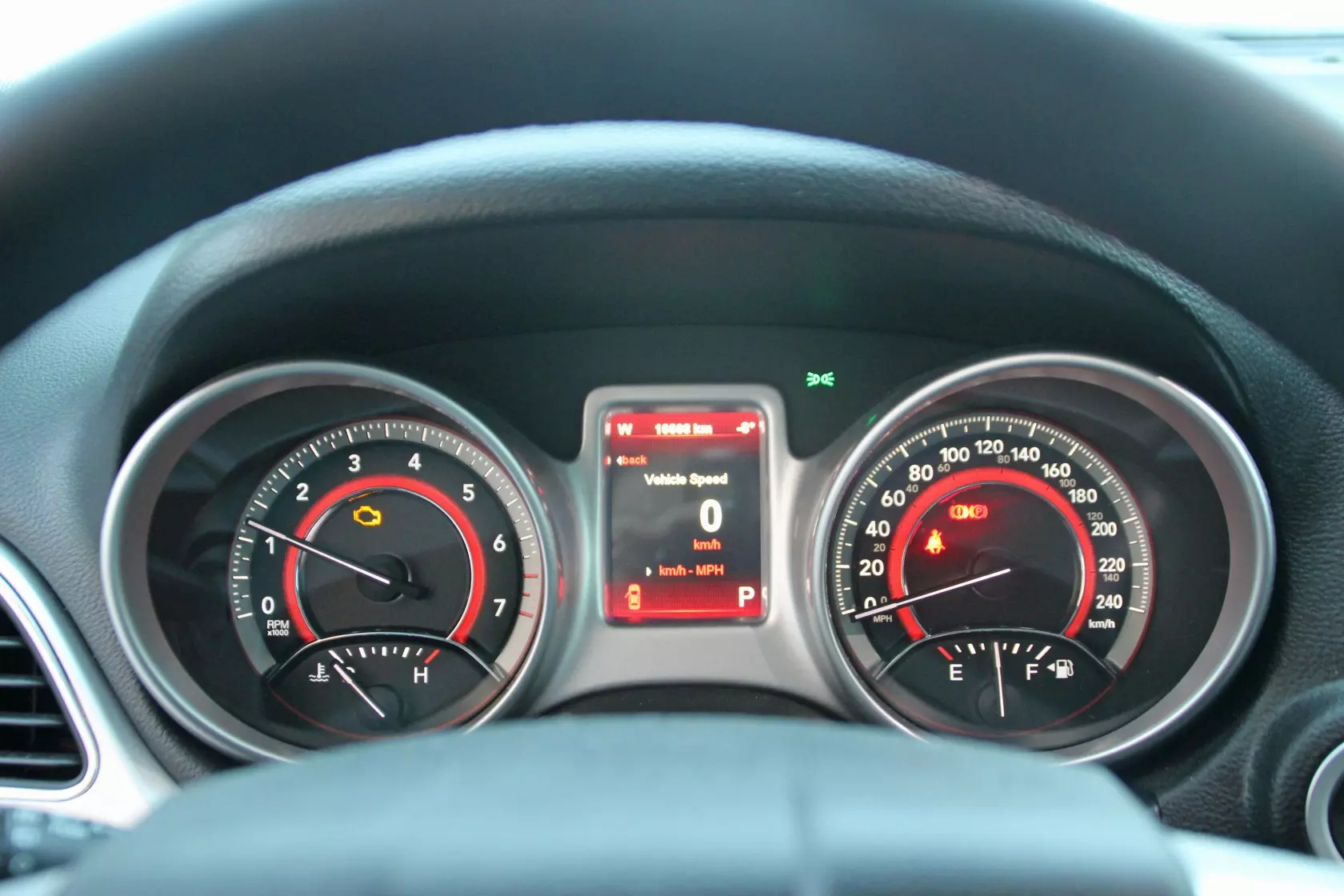 There is quite a display between the instruments, too. If only it played DVD's as well...
There is quite a display between the instruments, too. If only it played DVD's as well... 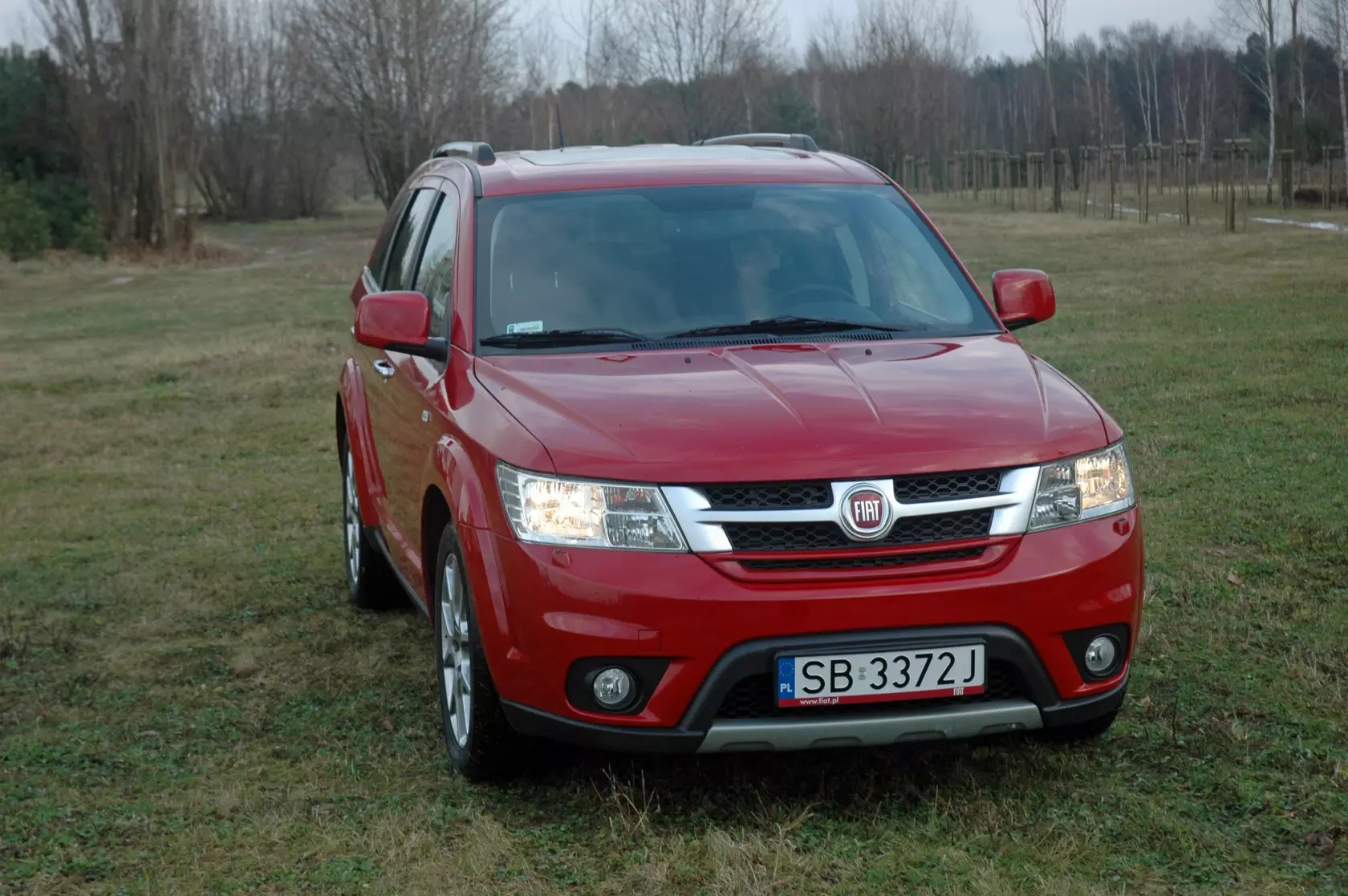 Nature suits it just as well as city does
Nature suits it just as well as city does 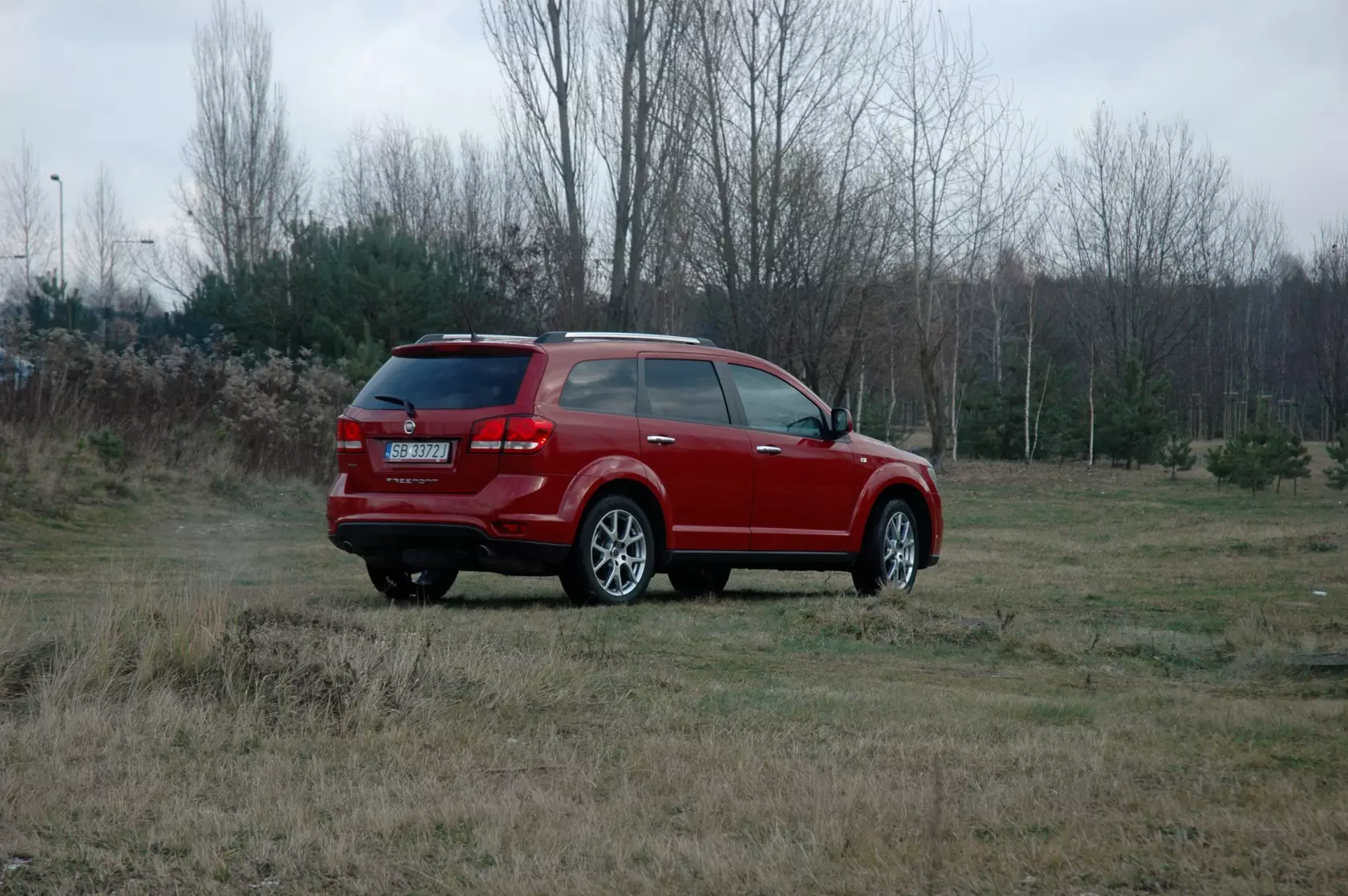 It may be a 4x4, but do not go too far off the beaten track or you might get stuck
It may be a 4x4, but do not go too far off the beaten track or you might get stuck  280 PS and 342 Nm will not save you off road if you have standard tyres
280 PS and 342 Nm will not save you off road if you have standard tyres 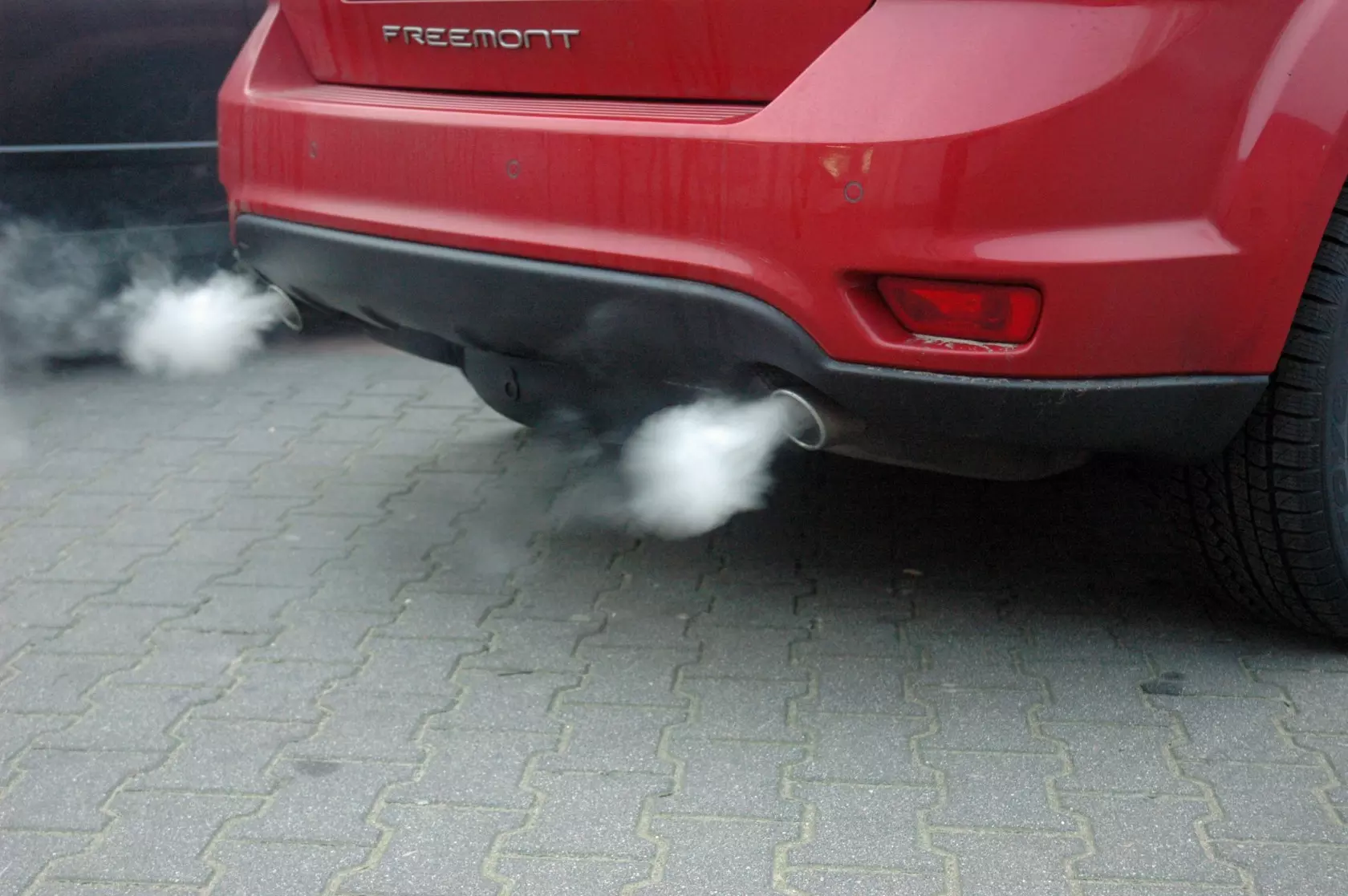 The "stereo" in the rear bumper makes the Freemont's audio system redundant
The "stereo" in the rear bumper makes the Freemont's audio system redundant 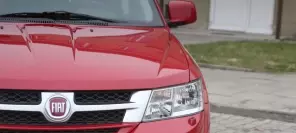













The Freemont is actually not a Fiat. Well, fine, it is, but would not be were it not for the Italian company's alliance with Chrysler. The car came to be as the Dodge Journey and was launched in 2008, but when the American brand was phased out of Europe, the model was badge engineered into a Fiat, with a new logo and grille. It replaced two aging models at a time – the Ulysse van and the never-so-popular Croma – while also added some SUV-ish, crossoverish flavour to the brand's range. Given it measures 4888 mm in length and 1878 mm in width, it looks respectable and stands out on the road.
We took the opportunity to test the only petrol version there is, obviously converted to run on autogas, but – for the time being – with a prototype
system, not available commercially yet. The engine was shipped from across the Atlantic together with the entire car – it is a V6 Pentastar by Chrysler, quite compact in American terms with its 3,6-litre displacement. The motor is only available in the top trim option (Lounge) and comes with automatic transmission and all wheel drive. The top-of-the-range Freemont is nowhere near cheap, but considering the number of seats (and space inside in general), comfort level and sporty performance, the big Fiat is something to think of for those seeking a people mover. And best of all, at 116990 zlotys (ca. 28000 euros at mid-February's exchange rates) after a 9000-zloty discount, it is by 15000 zlotys cheaper than a same-spec diesel with a same discount. For that kind of money, you could get not one, but two autogas systems and still be a penny ahead. The question is: who needs two autogas systems in one car?
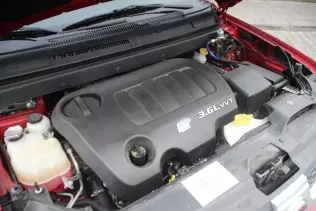 © gazeo.comAt first glance, the liquid state LPG filter is the only visible autogas component; finding the rest requires closer scrutiny
© gazeo.comAt first glance, the liquid state LPG filter is the only visible autogas component; finding the rest requires closer scrutinyAs usual for Fiat, the Freemont has been converted with a Tartarini autogas system, custom-made and calibrated for the crossover by the Italian producer's Polish subsidiary, Auto Gaz Slask. When you lift the bonnet, you will find it uneasy to locate the LPG system's components, as they have been hidden deep inside the engine bay, out of sight. In fact, you will only be able to notice the ECU, the liquid state filter (and the blue fuel line supplying autogas from the tank mounted at the rear leading to it) and two injector rails (three injectors each). The gaseous state LPG filter (with disposable inserts in a plastic casing with a clip) and the reducer are so deep that the only way to find them is to look at the car from underneath. Find, but not reach – anyone who will have to do any maintenance around these, has our deepest compassion. The autogas tank, placed under the floor on the rear overhang and squeezed between two exhaust lines emitting some ear candy when revving, is much more accessible. The thing is the tank is (at 39 l gross and 31,2 l net capacity) too small to quench the V6's thirst and will run dry after at most 300 km, but more often than not as little as 200 km. However, this is justified by the car's build – there is simply no room to fit a larger tank. The boot is out of the question as it has two seats stowed under its floor and if the space between those seats and the rear hatch were used, there would be nothing left for luggage.
So much for the exterior, so let us now get inside. If you put leather and all the electronic amenities aside, concentrating on the LPG system instead, you will notice the autogas/petrol switch mounted on the central console, next to the auto transmission's drive mode selector. It is fully functional and easy to observe, but aesthetically it seems pretty much out of place. Perhaps we would not have minded that at all some time ago, but meanwhile we have been spoilt by the Volkswagen Caddy BiFuel and its perfectly integrated factory conversion. It has been our specimen since the day we saw it, so anything below the „Caddylac's” standard is bound to have us complaining. True, the Freemont (or the Journey, actually) has not been engineered to become a factory-converted autogas-powered vehicle (Fiats available in Poland are equipped with LPG systems at dealerships), but after years of cooperation between Fiat and Tartarini you would think a custom-made, well-matched switch would be something more obvious. Since we are seeking gaps where the hedge is whole, let us point out that the LPG refill valve is susceptible to dirt as it is low above the ground and near the left rear wheel. While the cap is there and protects it from mud, everything should be alright (except for getting your hands dirty when removing the cap), but once it is lost, the valve will be muddy all over in no time. This should be improved.
Zobacz stronę producenta:
Tartarini
You may also find these interesting:
 loading results...
loading results...
